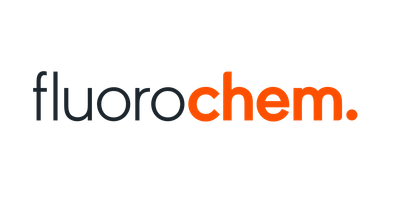Verzending 24–48 u • Levering in de hele EU • Veilige chemieverpakking
Neodymium oxalate hydrate 99.9% 500 g
SKU 902407-2
€ 356,40
In stock
1
Save this product for later
Neodymium oxalate hydrate 99.9% 500 g
Product Details
CAS number: 28877-87-4
Chemical formulas: Nd2(C2O4)3 . xH2O/ F.W. 552.53
Cation: Nd
Packaging: 500 g
EAN: 8721028237798
Brand: Laboratoriumdiscounter
Neodymium oxalate hydrate is a rare earth compound used in various industries for its unique properties. With its high magnetic strength and excellent thermal stability, it is commonly utilized in the production of magnets, catalysts, and optical devices. This versatile compound offers exceptional performance and reliability, making it an essential component in many advanced technologies.
When working with Neodymium oxalate hydrate, it is important to follow proper safety precautions to ensure your well-being. Here are some short safety instructions to keep in mind: 1. Personal Protective Equipment (PPE): Always wear appropriate PPE, including gloves, safety goggles, and a lab coat or protective clothing. This will protect your skin, eyes, and clothing from potential contact with the chemical. 2. Ventilation: Work in a well-ventilated area or use a fume hood to prevent the inhalation of any fumes or dust particles that may be released during handling or manipulation of the compound. 3. Handling: Handle Neodymium oxalate hydrate with care, avoiding any direct contact with your skin. Use appropriate tools, such as tongs or spatulas, to handle the compound. 4. Storage: Store Neodymium oxalate hydrate in a tightly sealed container in a cool, dry place away from any incompatible substances. Ensure that the storage area is properly labeled and inaccessible to unauthorized personnel. 5. Spills and Accidents: In case of a spill, immediately contain and clean it up using appropriate absorbent materials. Dispose of the waste according to local regulations. In case of accidental contact with the compound, rinse the affected area with plenty of water and seek medical attention if necessary. 6. Fire Safety: Neodymium oxalate hydrate is not flammable, but it may emit toxic fumes when exposed to high temperatures. Keep it away from open flames or any potential sources of ignition. 7. Chemical Incompatibilities: Avoid contact or mixing Neodymium oxalate hydrate with strong oxidizing agents, acids, or bases, as it may result in hazardous reactions. Always consult the Material Safety Data Sheet (MSDS) for specific information on chemical incompatibilities. 8. Emergency Procedures: Familiarize yourself with the emergency procedures and safety protocols of your workplace. Know the location of safety showers, eyewash stations, fire extinguishers, and other emergency equipment. Remember, these are just general safety instructions, and it is essential to consult the specific safety data sheet and follow the guidelines provided by the manufacturer or your organization when working with Neodymium oxalate hydrate.
Please note, not all safety data for this product is available on our website, for a complete list of P en H sentences and other safety instructions please request the MSDS at our customer service
You May Also Like
![Thiazolo[4,5-h]isoquinolin-2-amine, 95.0%, 250mg Thiazolo[4,5-h]isoquinolin-2-amine, 95.0%, 250mg](https://d2j6dbq0eux0bg.cloudfront.net/images/88473019/4771433942.png)
Thiazolo[4,5-h]isoquinolin-2-amine, 95.0%, 250mg
Thiazolo[4,5-h]isoquinolin-2-amine, 95.0%, 250mg
SKU F091818-250MG
€ 107,80
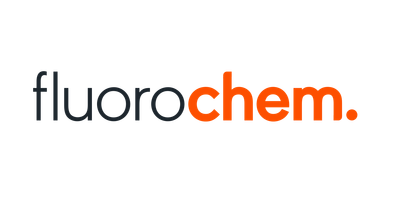
3-OXO-4-PHENYLBUTANENITRILE, 95.0%, 250mg
3-OXO-4-PHENYLBUTANENITRILE, 95.0%, 250mg
SKU F473890-250MG
€ 193,60
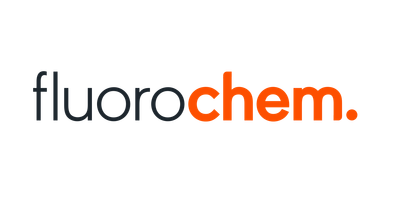
3-Chloropyridazine hydrochloride, 95.0%, 25g
3-Chloropyridazine hydrochloride, 95.0%, 25g
SKU F324467-25G
€ 304,70
Display prices in:EUR
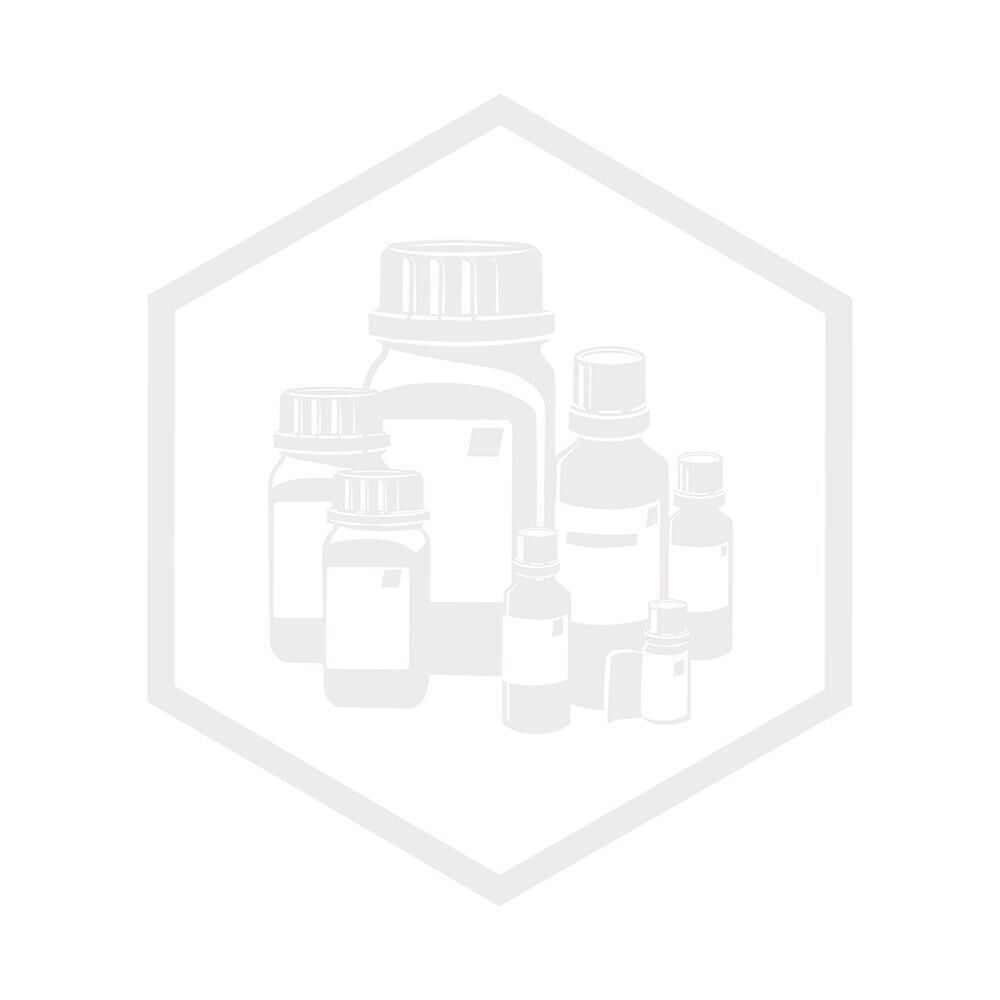
![TERT-BUTYL 4-(2-OXO-2,3-DIHYDRO-1H-IMIDAZO[4,5-B]PYRIDIN-1-YL)PIPERIDINE-1-CARBOXYLATE, 95.0%, 1g TERT-BUTYL 4-(2-OXO-2,3-DIHYDRO-1H-IMIDAZO[4,5-B]PYRIDIN-1-YL)PIPERIDINE-1-CARBOXYLATE, 95.0%, 1g](https://d2j6dbq0eux0bg.cloudfront.net/images/88473019/4771499628.png)
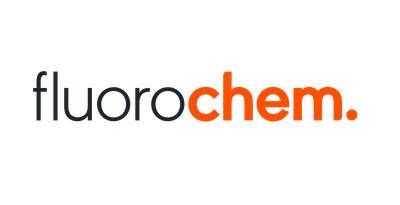
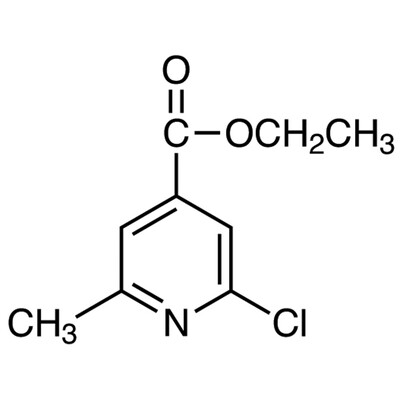
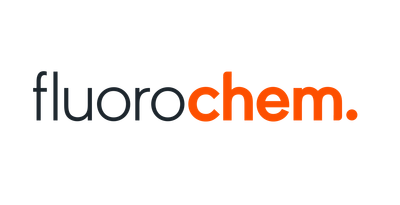
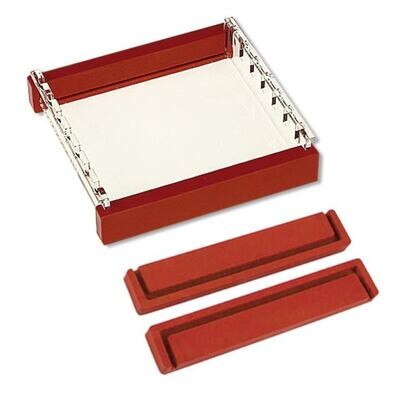
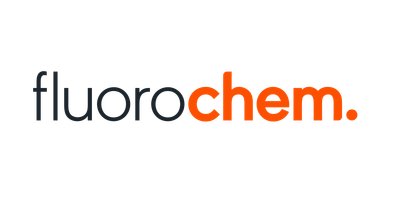
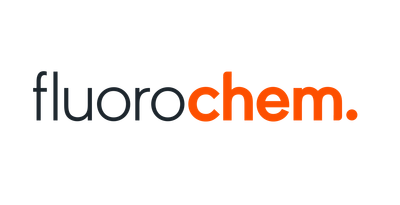
![3-(TRIFLUOROMETHYL)BICYCLO[1.1.1]PENTANE-1-CARBOXYLIC ACID, 95.0%, 10g 3-(TRIFLUOROMETHYL)BICYCLO[1.1.1]PENTANE-1-CARBOXYLIC ACID, 95.0%, 10g](https://d2j6dbq0eux0bg.cloudfront.net/images/88473019/4859878487.png)
